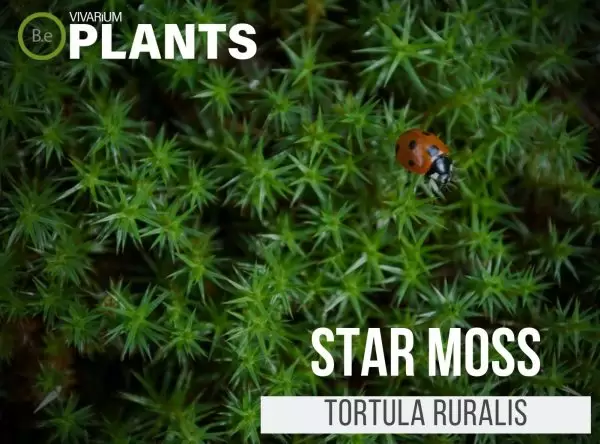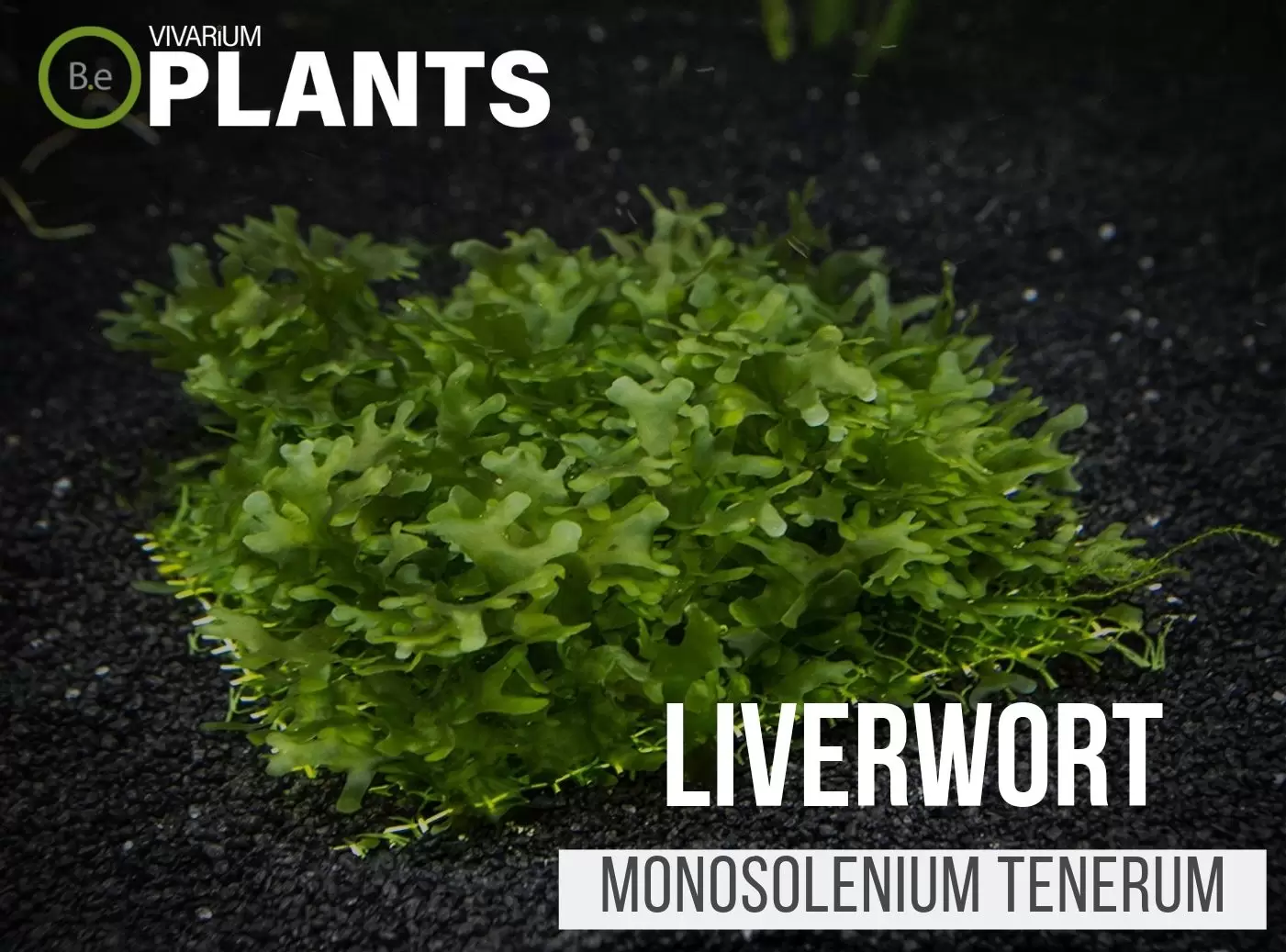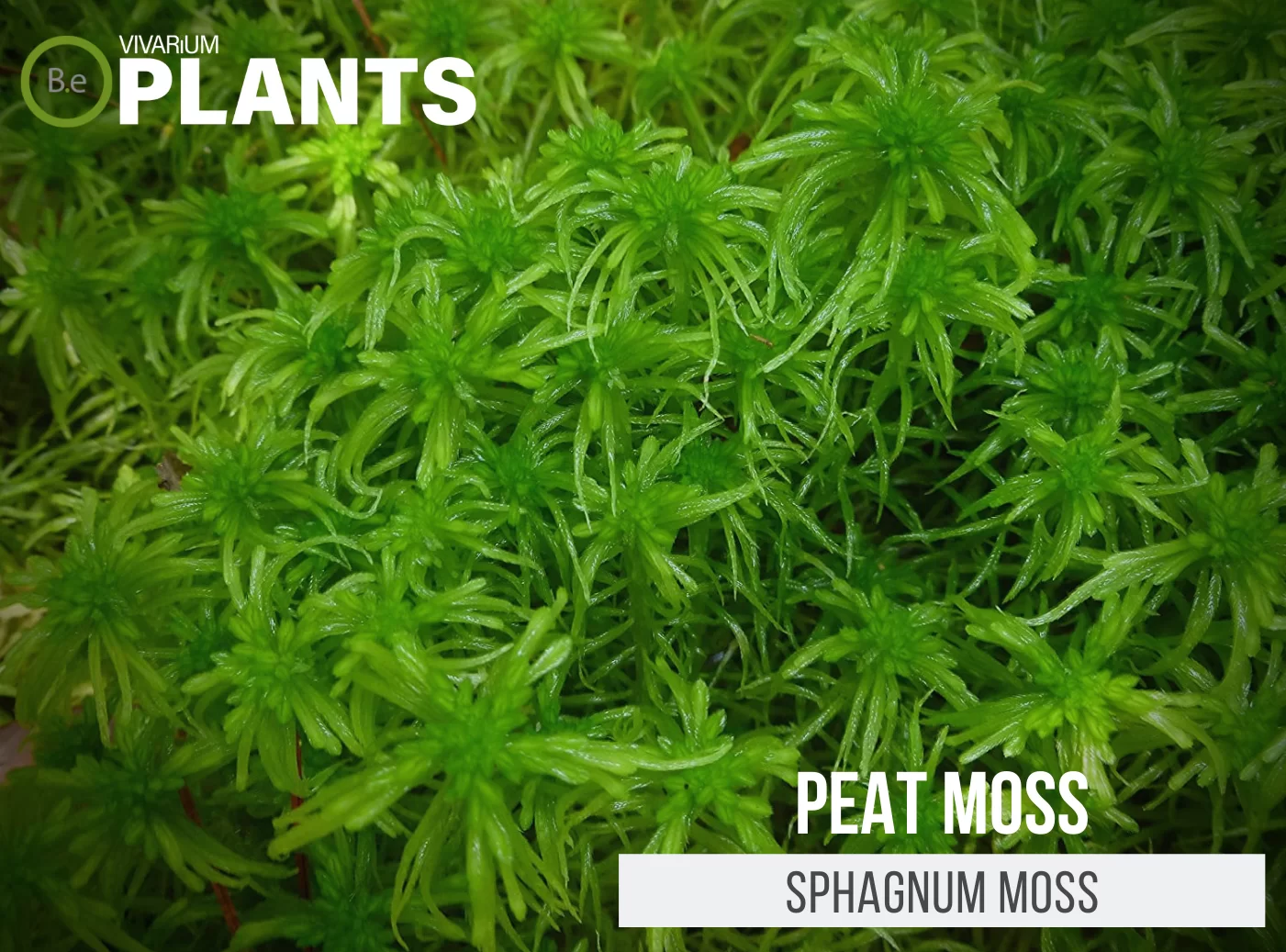Tortuola is a genus of mosses in the Pottiaceae family and Bryopsida class. There are a number of moss species that fall in the Pottiaceae family.
This article will cover specifically the Tortula ruralis species.
Most people know Tortula ruralis by its more common name of Star moss.
This is quite a striking plant since as its name suggests, it resembles a cluster of small stars.
| Quick Stats: | |
|---|---|
| Scientific Name | Tortula ruralis |
| Common Name | Star moss, Sidewalk moss, Hairy screw moss, Tortula moss, Twisted moss |
| Family Name | Pottiaceae |
| Habitat | Grasslands, Forest, Desert, Arctic |
| Temperature | 75°F to 86°F |
| Height | 1.1 inches |
| pH | 5.0 to 7.5 |
| Lighting | Medium |
Table Of Contents:
ToggleWhat Is Star Moss?
Star moss is a plant that belongs to the Tortuola genus under the order of Pottiales.
Till the present day, there is a large amount of misconception surrounding Star Moss.
Although it is commonly bought from aquariums in Singapore, Star moss is not really an aquatic plant.
In fact, it is scientifically proven to be a better terrarium plant and will not survive when submerged for extended periods of time.


Star Moss Facts
Besides Star moss, Tortula ruralis is also referred to as Sidewalk moss, Hairy screw moss, Tortula moss, and Twisted moss.
Due to its very exotic appearance, it is usually used by hobbyists as a decorative tool in their enclosures.
However, Star moss has many beneficial qualities other than its look.
It can also be used to protect small creatures looking for coverage as well as to stabilize soil and reduce erosion.
One of its most interesting qualities is that Star moss has the ability to become dormant for many years.
Once the moss dries out it remains alive, but not actively growing.
When water is provided again, Star moss will become metabolically active again even after many decades of desiccation.
Description
Tortula ruralis is a very versatile plant and its appearance will vary depending on its environment and accessibility to water.
Overall this moss will form fairly loose to dense clumps and its leaves are arranged in a rose-shaped manner.
The small leaves are usually darker green and shine when the plant is provided with an adequate amount of water.
When dry, the leaves will be around the stem and turn a brownish-red color.
Like most mosses, Star moss has a shallow root structure known as rhizoids that allows it to anchor itself to surfaces and grow erect stems up to 4 centimeters tall.
Even though, Tortula ruralis is a slow-growing plant it is extremely easy to take care of and can grow rather large.
Habitat
Tortula ruralis is a species of moss with a very widespread distribution.
It is native to Europe, Asia, North America, the Middle East, the Pacific, South Africa, North Africa, and Australia.
Not only can Star moss be found all throughout the world, but it also grows in many distinct types of climates.
Unlike most other mosses, it can flourish in boreal areas, temperate areas, deserts, and even the Arctic.
Star moss can easily be seen naturally growing in coniferous forests, grasslands, sage brushes, and tundra.
Its ideal temperature to thrive in is between 73 and 86 degrees Fahrenheit, but can clearly survive a wide range of climates.
PH Preference
Star moss is a freshwater plant and will not survive in saltwater. It tends to prefer to be on the more acidic side of potential hydrogen.
However, this plant can handle both lightly basic and neutral water. Star moss’s ideal pH level will range anywhere from 5 to 7.5.
Vivarium Type
This type of moss will do great in a variety of vivarium types.
When deciding if rather or not to use this moss in a particular type of enclosure, avoid leaving this plant fully submerged in water for long periods of time.
Although Star Moss can survive partially submerged, it will eventually die off if it remains underwater for longer than about 90 days.
Here are recommended vivariums for this moss that will do well:
- Paludariums – Half aquatic/ half terrain-based enclosure.
- Ripariums – Mostly aquatic-based enclosures with some terrain features present.
- Terrariums – Fully terrain-based enclosures with little to no aquatic features.
Vivarium Placement
Tortula ruralis is a terrestrial-based plant. Despite the fact that it is not a true aquarium plant, it can survive partially or fully submerged in a tank for about three months.
Any period of time longer than that and Star moss will begin to deteriorate.
As mentioned before, this moss also has the ability to survive for months without receiving any water.
With that in mind, Star moss can be placed pretty much anywhere in a vivarium.
For optimal growth and health, it will be best to place it somewhere with dryer conditions.
It is an extremely attractive plant and most hobbyists will use it as a way to improve the aesthetics of their enclosures.
Substrate
Star moss has the ability to survive in almost all types of climates and environments.
Due to its use of rhizoids and unique way of absorbing nutrients, it can pretty much attach itself anywhere.
It especially prefers dry and calcareous soils and other surfaces like rocks and limestone.
Lighting
Tortula ruralis is quite impressive moss that can survive in almost all lighting conditions.
It can continue to grow in full shade, semi-shade, and even full Sun. Star moss will especially do best in low to moderate-light environments.
Exposing this plant to direct sun for too long will dry it out.
When setting up lighting within an enclosure the tank should not be in direct sunlight and preferably away from any type of artificial light that produces UV.
Aim for cooler color lights that replicate a cloudy day.
Buy Sphagnum Moss
When shopping for possible Star moss for sale, expect a few key indicators you are buying the best quality plant.
The moss should be snail free along with any other type of pest.
The source of moss will usually be sold in small tissue cultures, ready for you to propagate.
The batch should arrive fairly moist and in fairly good shape.
Click the image below to find out more about the current price and other relative info about Tortula ruralis:
Star Moss Care and Propagation
This type of moss is one that will grow almost everywhere. It does not require much care and maintenance to see some progress.
However, it is a rather slow-growing moss. Rapid amounts of expansion in size should not be expected.
Tortula ruralis is among the most desiccation-tolerant land plants and it can recover from desiccation even after at least three years in a “sleep” stage.
How to grow
The easiest way to propagate Star moss will be to divide an existing piece into individual chunks.
Simply attach the new pieces somewhere else and allow reformation to colonize.
The new Star moss should begin growing in a relevant amount of time. Unlike some other mosses, this is a slow-growing plant.
Watering
Tortula ruralis moss is a terrestrial plant that can actually survive fully submerged for short amounts of time.
Keep in mind that the plant will change its appearance the more water it receives.
Star moss also has the ability to grow in very dry conditions with little to no water.
With that being said, the best watering scenario for optimal growth would be to spray or mist the plant periodically.
Allow Star moss to fully dry out before re-watering.
Plants Similar To Star Moss
Adding diversity to an enclosure is key to an aesthetically pleasing enclosure.
Try mixing up the look of your vivarium with different flora that can easily co-exist in the same types of environment.
Furthermore, if for some reason you find this moss hard to acquire or would like to consider something similar to this plant…
Here are some other plants you might find may do well with or in the place of:
Conclusion
Star moss has to be one of the most versatile and resilient mosses available out there. If you are looking for a terrarium moss that does not require much care, this is one is definitely the way to go.
Even if you were to completely forget about it and not water it for months, it would still survive! A little bit of water and some time is all it would take to bring it back to life.
Frequently Asked Questions
Star Moss (Tortula ruralis) is a low–growing moss that grows best in shady, moist environments with high humidity. To care for Star Moss, ensure that it is grown in an area that receives ample shade but also some bright indirect light. Provide moisture and humidity by misting the moss with water regularly, or setting up a terrarium. To allow the moss to propagate new growth, make sure that you trim Star Moss back occasionally.
Star Moss (Tortula ruralis) typically takes between 2–4 weeks to grow.
Star Moss (Tortula ruralis) grows well in both full shade and partial shade, as well as in full sun. However, it will grow best in low to moderate light environments and should not be left in direct sunlight for too long. When setting up lighting within an enclosure, a cooler color temperature (similar to a cloudy day) should be used and the tank should not receive any direct sunlight or artificial light producing UV.
Like most other mosses , star moss is a bryophyte. These plants lack true roots and complex vascular systems, though some species possess a strand of simple cells for the purpose of conducting water.




